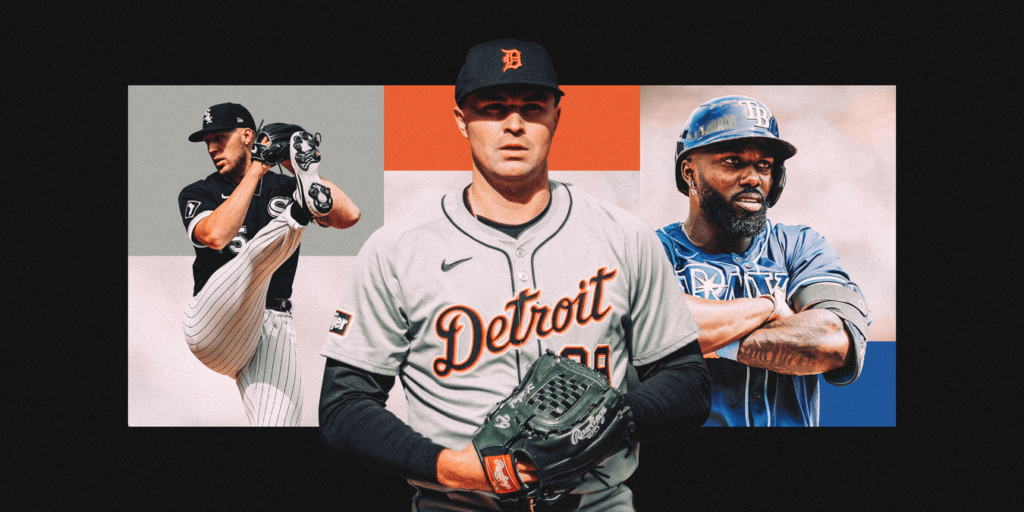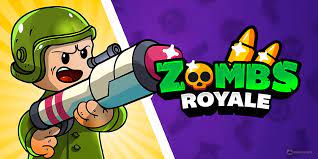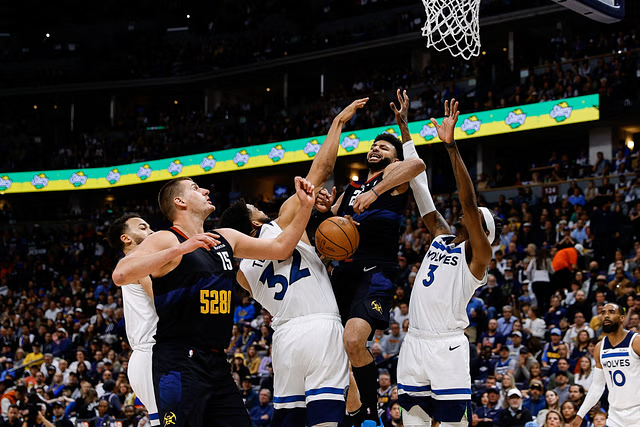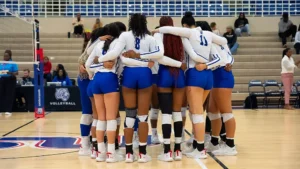MLB Trade Deadline: A Complete Guide to the Season’s Biggest Moment
Introduction: mlb trade deadline
mlb trade deadline The is one of the most anticipated events of the baseball season. It’s a time when teams make critical decisions that can shape the remainder of their season and even their future. But what exactly happens at the trade deadline, and why does it matter so much? Let’s dive into the details of the MLB trade deadline and explore the strategies, key players, and memorable moments that have made it such an essential part of baseball culture.
What is the MLB Trade Deadline?
The MLB trade deadline is the final date on which teams can trade players for the current season. For fans, it’s a thrilling period filled with rumors, speculation, and unexpected moves. But the deadline is much more than that—it’s a major strategic pivot point for teams. Knowing what the deadline is and how it functions is crucial for understanding the dynamics of the baseball season.
The Basics of the Trade Deadline
The trade deadline typically falls at the end of July, though the exact date can vary slightly each year. By this date, teams must decide whether to bolster their rosters or cut their losses. If they want to make any major roster changes or acquire players from other teams, it must be done before the deadline. After this point, trading players becomes much more difficult and restrictive.
Why Teams Take the Deadline Seriously
For teams in the playoff race, the deadline is a chance to strengthen weak areas or add depth for a postseason push. For teams that are out of the playoff picture, it’s often an opportunity to trade valuable players for prospects and focus on rebuilding for future seasons. This makes the deadline a time of intense strategy, as teams weigh the risks and rewards of making big moves.
The History and Evolution of the Trade Deadline
The MLB trade deadline has evolved over the years, with rules and regulations changing to adapt to the league’s needs. Originally, the trade deadline was in mid-June, but it was moved to July to allow teams more time to assess their performance. This shift added even more drama to the deadline, as teams now have a clearer picture of where they stand before making big decisions.
Key Strategies Teams Use During the Trade Deadline
The trade deadline is a chess match where every team has a unique strategy based on its goals, performance, and roster. Some aim to win it all, while others focus on long-term rebuilding. The strategies teams employ are as diverse as the teams themselves, and each one has its advantages and risks.
Buyers vs. Sellers: Deciding Whether to Push or Rebuild

Teams are typically classified as either “buyers” or “sellers” at the trade deadline. Buyers are teams in the playoff hunt looking to add pieces that can help them compete, while sellers are often out of contention and willing to trade away valuable players in exchange for prospects. This distinction shapes the trade landscape, as each team negotiates from a unique position.
The Role of Prospects and the Farm System
Prospects are one of the most valuable commodities in baseball, especially for teams focused on rebuilding. When selling at the deadline, teams often trade established players for promising young talent that can impact their future. This means a team’s farm system—its pool of minor-league talent—becomes crucial. Teams that can assess talent accurately and trade strategically often come out ahead in the long run.
Risk vs. Reward: Gambling on Short-Term Gains
One of the biggest challenges of the trade deadline is weighing short-term benefits against long-term consequences. While acquiring a star player might boost a team’s chances this season, it can also drain resources or prospects that could help in the future. This balancing act is one of the most fascinating aspects of the trade deadline and often separates successful teams from struggling ones.
The Role of GMs and Front Offices in Shaping the Deadline
The MLB trade deadline is when front offices shine. General managers (GMs) and team executives have to work quickly and efficiently, making decisions that could define their tenure with a team. Understanding the role of the front office is key to understanding how and why certain trades happen.
The Art of Negotiation: How GMs Secure the Best Deals
Negotiation is at the heart of every trade, and it’s where GMs showcase their skills. They need to balance what they’re willing to give up with what they’re trying to gain, all while competing with other teams that may be after the same players. A good GM can negotiate effectively to improve their team’s future while minimizing losses.
Data and Scouting: Using Analytics to Make Smarter Moves
In recent years, data analytics has transformed how trades are evaluated. Teams now have access to a vast amount of data, from advanced metrics to player scouting reports, which can give them an edge at the deadline. This data helps GMs make informed decisions on which players are worth the investment and who fits best with their team’s goals.
The Pressure of the Clock: Making Decisions Under Deadline Stress
With the deadline looming, GMs and front offices are under immense pressure to make quick yet impactful decisions. Every minute counts and a misstep can have long-lasting consequences. The stress of the deadline is one of the reasons why some trades seem rushed or surprising, but it’s also what makes the event so exciting.
Memorable Trade Deadline Moments in MLB History
The MLB trade deadline has seen its fair share of unforgettable moments. From blockbuster deals to last-minute trades that define a season, the history of the trade deadline is filled with exciting stories. These moments often reflect the high-stakes nature of mlb trade deadline the deadline and illustrate why it’s such an iconic part of the sport.
The Blockbuster Trades That Shocked Fans
Every few years, a trade deadline comes along with moves that shock the baseball world. These blockbuster deals involve superstar players and usually shift the balance of power within the league. Trades like these are rare, but they leave a lasting impact and have been talked about for years.
The Most Successful Trades: When the Deadline Paid Off
Not every trade works out, but some deals go mlb trade deadline down in history as major successes. These are the trades where a team’s gamble paid off, either by helping them win a championship or by building a foundation for future success. Looking back at these trades provides insight into how teams can make the most of the deadline.
The Biggest Misses: Deals That Didn’t Work Out as Planned
Of course, not all trades are successful. Some mlb trade deadline deals that seemed promising at the time ended up being major disappointments. Whether due to injuries, underperformance, or unforeseen circumstances, these failed trades show the risks involved with making moves at the deadline.
Each section of the outline would expand into a full article, with three or more paragraphs per heading. For example:
The Blockbuster Trades That Shocked Fans
The trade deadline has given us some unforgettable moves that turned entire seasons around. Take the 2008 trade that sent Manny Ramirez from the Boston Red Sox to the Los Angeles Dodgers. Ramirez was a superstar, but his time in Boston had been marred by off-field issues. When the Dodgers acquired him, he immediately made an impact, helping the team reach the playoffs with his powerful hitting. The trade created a media frenzy and cemented the Dodgers’ place in that season’s playoff race.
Another jaw-dropping move was the 2017 mlb trade deadline trade that brought Justin Verlander to the Houston Astros. Verlander, a dominant pitcher, gave the Astros the extra boost they needed for a World Series push. His performance in the postseason was stellar, and he played a critical role in securing the Astros’ first-ever championship. This trade was one of the most impactful in recent memory and showcased how a single acquisition could change a team’s trajectory.
These trades highlight the power of the deadline. Fans love these moments because they show that teams are willing to make bold decisions, even at great risk, to pursue victory. It’s part of what makes the MLB trade deadline so thrilling—anything can happen, and sometimes, a blockbuster deal shakes up the entire league.







Post Comment